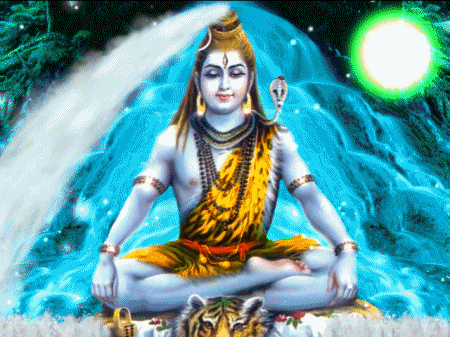


Shatkarmas
“Meda shlesham aadhikaha poorvam shatkarmani samaacharet
Anyastu naa charettaani doshaanaam samabhaavataha”
When fat or mucus is excessive, the shatkarmas or six cleansing techniques should be practised before (pranayama). Others, in whom the doshas (i.e. phlegm, wind and bile) are balanced, need not do them.
Shatkarmas is a very precise and systematic science. Shat means ‘six’ and karma means ‘action’; the shatkarmas consist of six groups of purification practices. The aim of Hatha yoga and therefore, of the shatkarmas is to create harmony between the two major pranic flows, ida and pingala, thereby attaining physical and mental purification and balance.
The shatkarmas are also used to balance the three doshas or humorous in the body: kapha (mucus), pitta (bile) and vata (wind). According to both ayurveda and hatha yoga, and imbalance in the doshas will result in illness. These practices are also used before pranayama and other higher yoga practices in order to purify the body of toxins and to ensure safe and successful progression along the spiritual path.
The six shatkarmas are follows:
-
Neti – A process of cleansing and purifying the nasal passages. Practices included in this category are: jala neti and sutra neti.
-
Dhauti – A series of cleansing techniques which are divided into three main groups: antar dhauti (internal cleansing), sirsha dhauti (head cleansing) and hrid dhauti (thoracic cleansing).
-
Nauli – A method of massaging and strengthening the abdominal organs.
-
Basti – Techniques for washing and toning the large intestine.
-
Kapalbhati – A breathing technique for purifying the frontal region of the brain.
-
Trataka – The practice of intense gazing at one point or object which develops power of concentration.